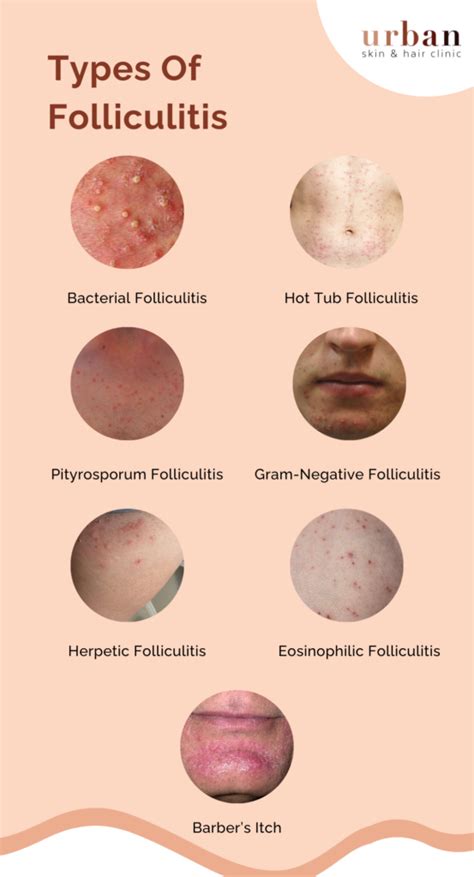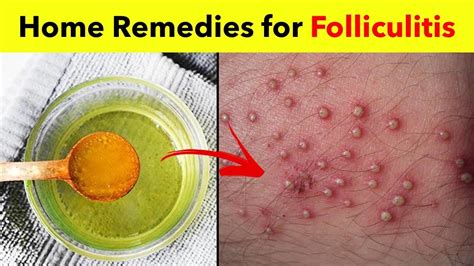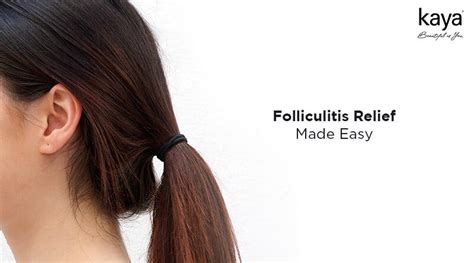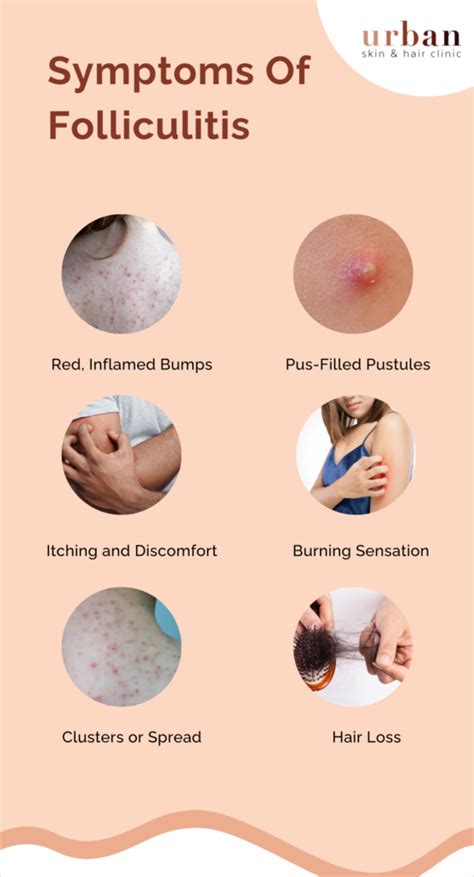Intro
Discover effective folliculitis home treatment remedies, including natural cures and self-care methods to soothe infected hair follicles, reduce inflammation, and prevent recurrence with simple skincare routines and holistic approaches.
Folliculitis is a common skin condition characterized by the inflammation of hair follicles, often caused by bacterial or fungal infections. It can appear anywhere on the body, but it's most commonly found on the arms, legs, and face. The symptoms of folliculitis can range from mild to severe and may include redness, itching, and pus-filled bumps. While folliculitis can be uncomfortable and embarrassing, there are several home treatment remedies that can help alleviate the symptoms and promote healing.
The importance of treating folliculitis lies in preventing the infection from spreading and reducing the risk of complications, such as scarring and permanent hair loss. If left untreated, folliculitis can lead to more severe conditions, like cellulitis or abscesses. Fortunately, many cases of folliculitis can be treated with simple home remedies, and in some cases, medical treatment may be necessary. Understanding the causes, symptoms, and treatment options for folliculitis is essential for effective management and prevention of the condition.
Folliculitis can be caused by a variety of factors, including bacterial infections, fungal infections, and irritation from shaving, waxing, or tight clothing. In some cases, folliculitis may be a sign of an underlying condition, such as diabetes or a weakened immune system. Identifying the underlying cause of folliculitis is crucial for developing an effective treatment plan. By understanding the causes and symptoms of folliculitis, individuals can take steps to prevent the condition and promote healthy skin.
Causes and Risk Factors of Folliculitis

Types of Folliculitis
There are several types of folliculitis, including superficial folliculitis, deep folliculitis, and sycosis barbae. Superficial folliculitis is the most common type of folliculitis and is characterized by inflammation of the upper part of the hair follicle. Deep folliculitis is a more severe type of folliculitis that affects the entire hair follicle and can lead to scarring and permanent hair loss. Sycosis barbae is a type of folliculitis that affects the beard area and is often caused by bacterial infections.Symptoms of Folliculitis

Home Treatment Remedies for Folliculitis
There are several home treatment remedies that can help alleviate the symptoms of folliculitis and promote healing. Some of the most effective home remedies for folliculitis include warm compresses, tea tree oil, and coconut oil. Warm compresses can help reduce inflammation and promote drainage of pus-filled bumps. Tea tree oil has antibacterial and antifungal properties that can help combat infections and promote healing. Coconut oil has anti-inflammatory properties that can help reduce redness and itching.Home Remedies for Folliculitis

Prevention of Folliculitis
Preventing folliculitis is essential for reducing the risk of complications and promoting healthy skin. Some of the ways to prevent folliculitis include: * Practicing good hygiene, such as washing the skin regularly and avoiding sharing personal care items * Avoiding tight clothing and shaving or waxing, which can irritate the skin and increase the risk of infection * Using gentle skin care products that are suitable for the individual's skin type * Avoiding hot tubs and swimming pools, which can increase the risk of infectionTreatment Options for Folliculitis

When to Seek Medical Attention
It's essential to seek medical attention if the symptoms of folliculitis worsen or if the individual experiences any of the following: * Increased redness and swelling * Increased pus or discharge * Fever or chills * Scarring or permanent hair loss * Recurrent infectionsComplications of Folliculitis

Conclusion and Final Thoughts
Folliculitis is a common skin condition that can be treated with simple home remedies and medical treatment. Understanding the causes, symptoms, and treatment options for folliculitis is essential for effective management and prevention of the condition. By practicing good hygiene, avoiding tight clothing and shaving or waxing, and using gentle skin care products, individuals can reduce the risk of folliculitis and promote healthy skin.What are the symptoms of folliculitis?
+The symptoms of folliculitis include redness, itching, and pus-filled bumps around the affected hair follicles.
How can I prevent folliculitis?
+Preventing folliculitis is essential for reducing the risk of complications and promoting healthy skin. Some of the ways to prevent folliculitis include practicing good hygiene, avoiding tight clothing and shaving or waxing, and using gentle skin care products.
What are the treatment options for folliculitis?
+Treatment options for folliculitis may include antibiotics, antifungal medications, and corticosteroids. In some cases, home remedies such as warm compresses, tea tree oil, and coconut oil can also help alleviate the symptoms and promote healing.
We hope this article has provided you with a comprehensive understanding of folliculitis, its causes, symptoms, and treatment options. If you have any further questions or concerns, please don't hesitate to comment below or share this article with others. Remember to always consult a healthcare professional for personalized advice and treatment. Take the first step towards promoting healthy skin and reducing the risk of folliculitis today!
